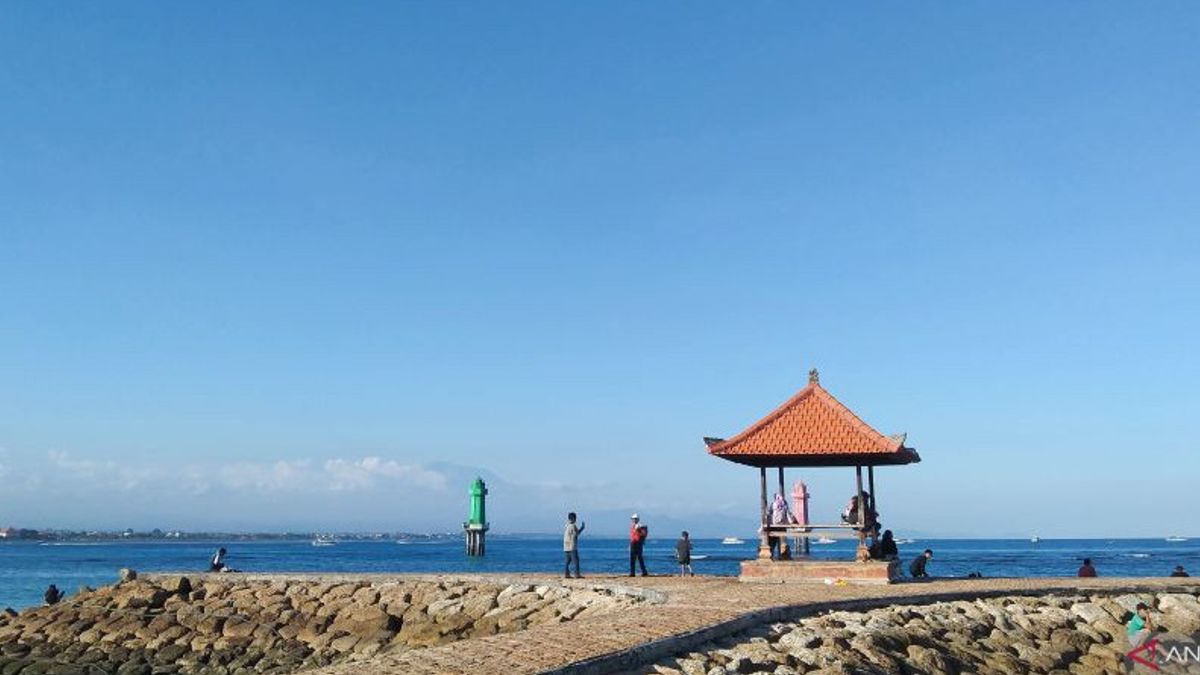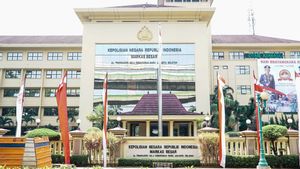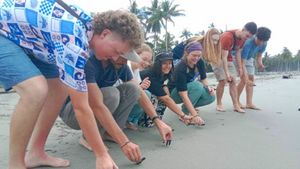DENPASAR - Center for Meteorology, Climatology and Geophysics (BBMKG) Region III Denpasar asked the public to be aware of the potential for ultraviolet radiation during the dry season.
"It (radiation) has the potential to occur mainly during dryness with few cloud cover," said BBMKG Data and Information Division Coordinator Region III Denpasar I Nyoman Gede Wiryajaya, Wednesday, May 29.
According to him, the potential for ultraviolet radiation to occur is estimated at 11.00-14.00 WITA with a very high intensity.
Based on the BMKG forecast, the peak of the dry season occurred in August 2024 with the distribution of regions that had entered the dry season reaching 95 percent.
The remaining five percent were already dry in July 2024 with the start of the dry season in Bali occurring in the second week of March on Nusa Penida Island.
Meanwhile, the area that is thought to be the last to enter the dry season is season zone 422, namely in northern Tabanan, northern Badung, northern Gianyar.
As reported by ANTARA, BMKG explained, ultraviolet (UV) rays are in the 100-400 nanometer (nm) waveband divided into UV A, UV B, and UV C.
BMKG divides the UV light index in five scales, namely the 0-2 index which is classified as a low risk of danger and a green category.
Then, index 3-5 which is categorized as moderate hazard risk with yellow.
The 6-7 index is categorized as a high risk of danger with orange color, index 8-10 is categorized as very high risk of danger with red and purple for the risk category of very extreme hazard with a scale above 11.
SEE ALSO:
BMKG mentions a high risk of danger to people exposed to the sun without protection.
For this reason, extra precautions are needed because the skin and eyes can be damaged and burned quickly.
BMKG also appealed to minimize time under sun exposure between 10 am and 16.00 pm.
Then, stay in the shade when the sun is hot during the day, wear the sun shield, wide hat, and sunglasses that block the UV light, while outdoors.
In addition, apply 30+ SPF sunscreen moisturizer every two hours even on cloudy days, after swimming or sweating.
Meanwhile, a bright surface, such as sand, water, and snow, will increase UV exposure.
The English, Chinese, Japanese, Arabic, and French versions are automatically generated by the AI. So there may still be inaccuracies in translating, please always see Indonesian as our main language. (system supported by DigitalSiber.id)

















